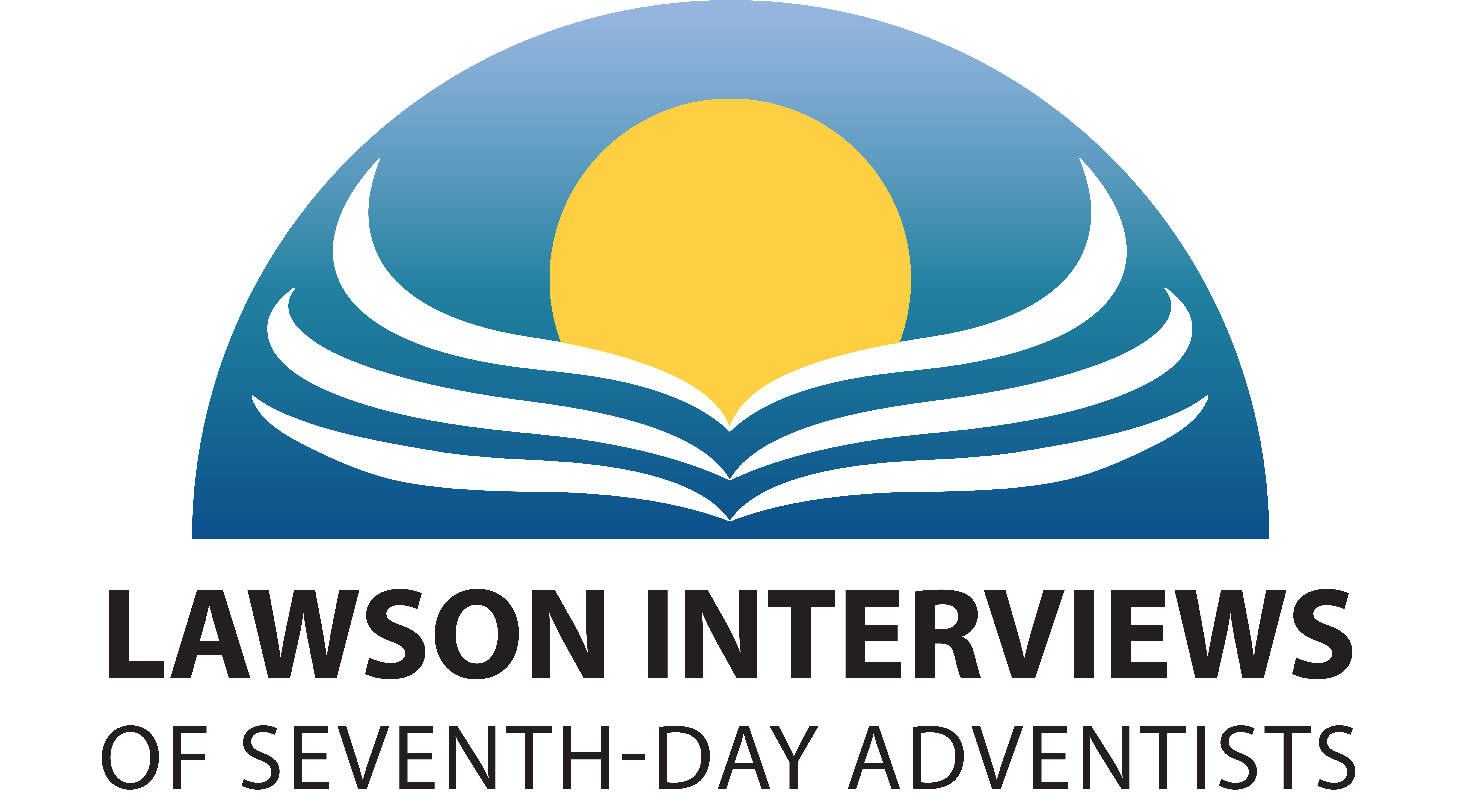The remark Dr. Ronald Lawson had heard from the Ghanaian delegate at the General Conference of the Seventh-day Adventist Church session in 1985 was still fresh in his mind. Since he would have the next semester off from teaching, his desire to expand the scope of his study beyond North America was resolute.
Lawson anticipated he would encounter language barriers, even though English was the lingua franca of Adventism. He brought his friend Alejandro (Alex) Pasco as a translator during his time in Mexico, which was his first destination. Over the next few months, Lawson would visit Puerto Rico, Jamaica, and most of Central America. Proceeding to South America, Lawson visited Peru, Chile, Argentina, and Brazil. For his final leg of the trip, he visited South Africa, Zimbabwe, Papua New Guinea, Australia, New Zealand, and Fiji.
Follow Lawson as he travels across the globe using the interactive map below!
In Central and South America, Lawson observed the effects of violence and political turmoil on the church and its members. In Jamaica, Lawson was shown bullet holes in the Kingston church, and in San Salvador, where there was heavy violence between the government and guerilla groups, he recalls hearing gunshots shortly after his arrival. In Nicaragua, many Adventist missionaries had fled the country as the Contra War intensified, leaving the Adventist hospital without doctors. When Lawson went to Peru, the main Adventist college had recently abandoned its campus in the countryside, moving to Lima due to fear of the “Shining Path” insurgent group.

In Chile, where General Pinochet had overthrown the democratic government 12 years prior, the Adventist Church was divided. Church leadership and some better-off members supported Pinochet, but most of the members were poor and supporters of the deposed socialist president, Allende. They were bitter about the way in which the church leaders had toadied to Pinochet and gained both advantages and an embarrassing reputation for the church.
During his travels, Lawson observed a surprising pattern among Adventist communities in Central and South America: a notable level of support for authoritarian governments, which stood in stark contrast to the more cautious approach toward political engagement seen in North America. For example, many Adventists gained favor and legitimacy by providing a religious endorsement to the Pinochet regime when the government was under pressure for human rights abuses. This relationship allowed Adventist institutions to secure benefits such as accreditation for their college.
Similarly, in Jamaica and Papua New Guinea, Adventists were not only supportive of the ruling governments but also became directly involved in political life, with several members holding high political positions. In these countries, political unity among Adventists was quite high, including on voting. This active participation was a marked departure from the North American Adventist tradition, where few members have sought or held public office, probably due to different proportions of Adventists in the various regions.
Over the course of the trip, Lawson witnessed political instability and violence. The uncertainty and tension of the encounters made him feel lonely, and on his next trip he brought company. In our next post, we will follow him to Africa, where he began his second international trip in 1989.

